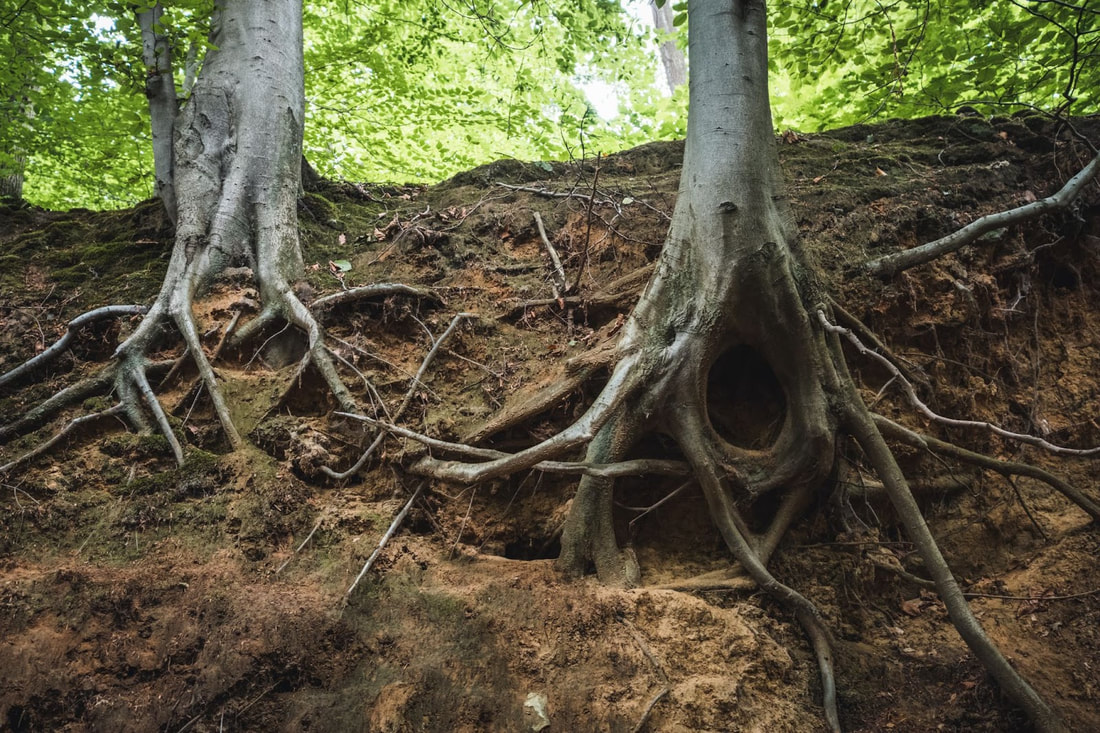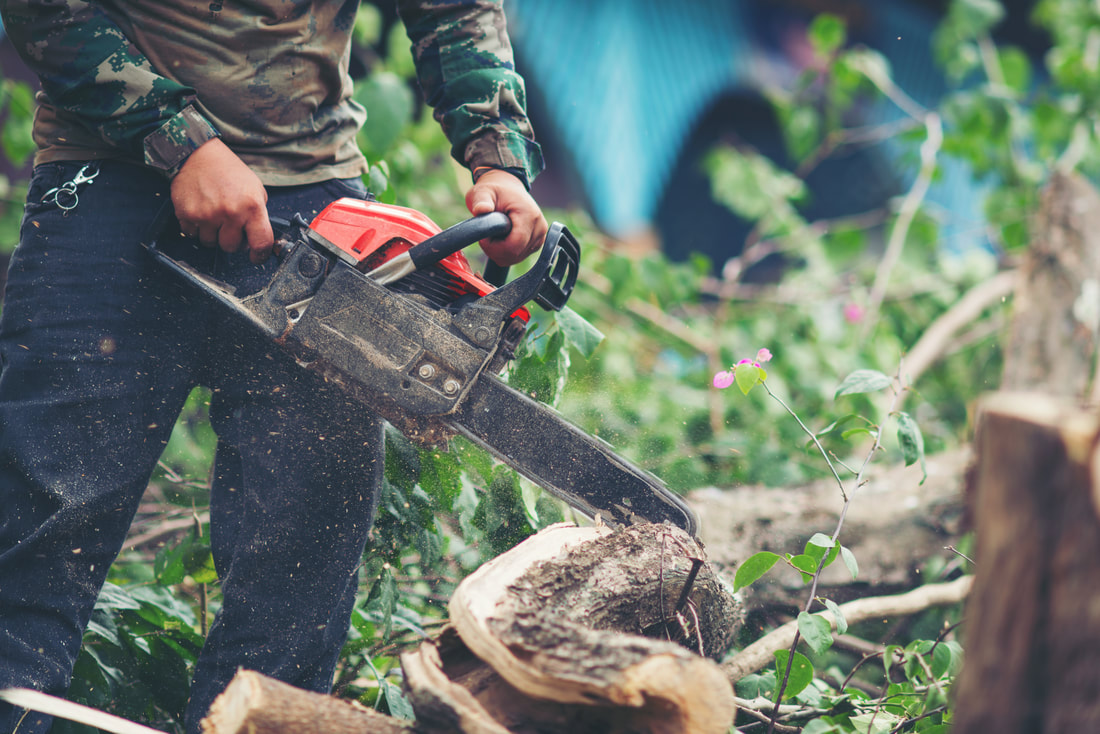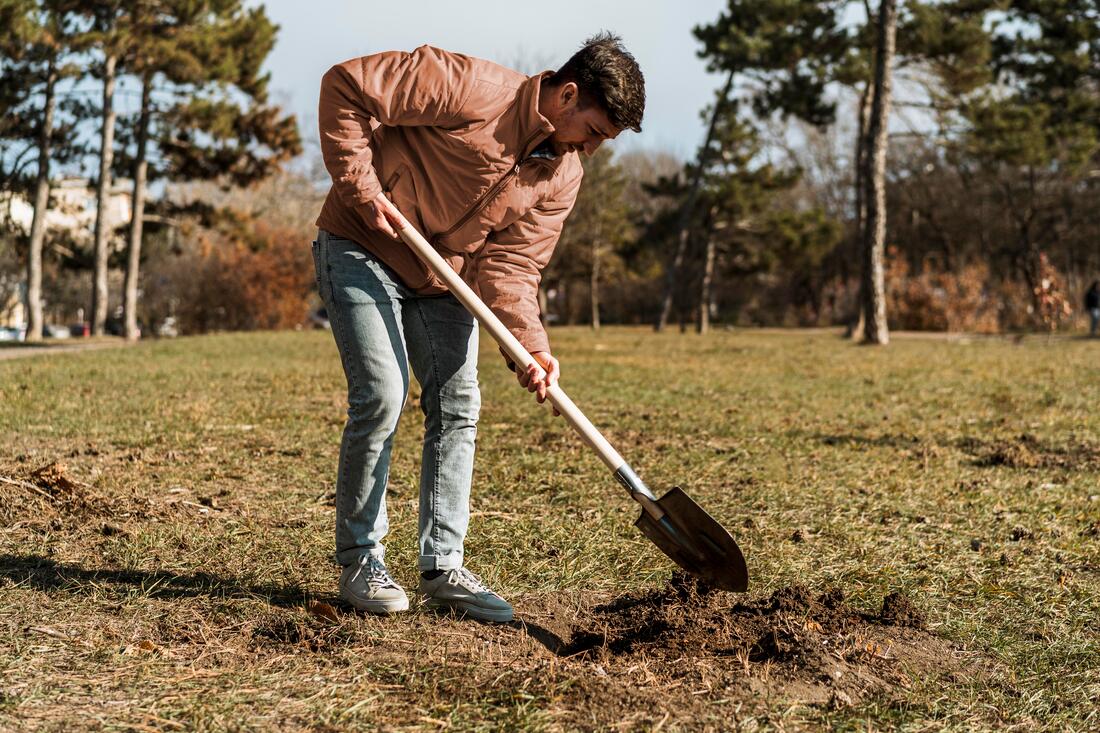|
Removing small trees and exposed roots is more than just a landscaping task; it's an essential practice to ensure the safety and aesthetic appeal of any property. Overgrown trees and protruding roots can pose various challenges, from being a tripping hazard to causing foundational damage. This guide delves deep into the methods, tools, and precautions necessary for effective tree and root removal. The Importance of Removing Small Trees & Exposed RootsTrees are a beautiful addition to any landscape, providing shade, beauty, and increasing property value. However, not all trees are beneficial. Small trees, if left unchecked, can grow into larger problems. Their roots can spread, causing sidewalks to crack, plumbing issues, and even structural damage to buildings. Moreover, there are several things that could be improved about trees. Some believe all trees are beneficial, while others think removing them is always the best option. One can refer to the article "Tree Myths Debunked" to get a clearer picture. Preparing for Small Tree RemovalBefore embarking on the removal process, assessing the area is crucial. This involves checking the tree's health, proximity to structures, and potential obstacles that might hinder removal. Safety is paramount. Using protective gear, such as gloves or safety goggles, and even a hard hat, can prevent injuries. It's also essential to inform neighbours and ensure the surrounding area is clear of people, especially children and pets. Tools and Equipment Needed for Small Tree RemovalThe right tools make the tree removal process efficient and safe. Chainsaws are ideal for cutting down the tree while pruning shears and loppers are perfect for smaller branches. For those who wish to remove the stump, a stump grinder is invaluable. It's a machine that grinds the tree stump down below ground level, ensuring that the area can be used for other purposes, like planting new trees or setting up a garden. Chemical treatments are another option, especially for those who don't have access to heavy machinery. These chemicals speed up the decomposition of the stump but should be used with caution due to their environmental impact. Step 1: Assessing the Tree and Roots Before making any cuts, it's essential to have a strategy. This involves assessing the tree's size, health, and position. For trees leaning in one direction, it's crucial to determine the best angle for cutting to ensure it falls safely. Also, understanding the root system can give insights into how deep and widespread the roots are, which is vital information for the removal process. Step 2: Choosing the Right Removal Method There are several methods to remove small trees, each with its advantages and challenges:
Step 3: Removing Exposed Roots Exposed roots can be both an eyesore and a hazard. Over time, as trees grow, their roots can become exposed due to soil erosion or other factors. These roots can pose tripping hazards, especially in areas with foot traffic. Removing them involves a process similar to tree removal. First, the area around the root is dug up to expose it fully. Once exposed, the root can be cut and removed. It's essential to ensure the removal doesn't harm the tree or the surrounding environment. Environmental Benefits of Proper Tree and Root ManagementManaging trees and their roots isn't just about aesthetics or safety; it's also about the environment. Properly maintained trees can provide habitats for wildlife, reduce carbon dioxide in the atmosphere, and even help in temperature regulation. On the other hand, rotting stumps and overgrown roots can attract pests and become breeding grounds for diseases. By managing trees and roots effectively, we contribute to a healthier environment. DIY vs. Hiring Professional AssistanceThe decision to remove trees and roots on your own or hire professionals depends on several factors, including the tree's size, location, and your expertise. While DIY might seem cost-effective, it comes with risks. Improper cuts can lead to tree diseases or regrowth. There's also the danger of injury. Hiring professionals like Gastonia Tree Service ensures safety, expertise, and long-term tree health. Professionals have the tools, knowledge, and experience to handle any tree or root situation. ConclusionThe process of removing small trees and exposed roots is not just a mere task—it's a commitment to enhancing our surroundings' safety, beauty, and health. This endeavour requires meticulous preparation, the utilization of the right tools, and a deep understanding of the intricacies involved. While the allure of a DIY approach might be tempting for some, the complexities and potential risks associated with tree and root removal underscore the value of expertise. Whether you opt to undertake this challenge yourself or enlist the help of professionals, the primary focus should always be on safety, preserving the environment, and ensuring the well-being of the landscape. Trees play a pivotal role in our ecosystem, and their proper management is paramount. By addressing issues like overgrown trees and exposed roots proactively, we pave the way for a landscape that is not only visually appealing but also safe and in harmony with nature. FAQs (Frequently Asked Questions)
Comments are closed.
|




 RSS Feed
RSS Feed